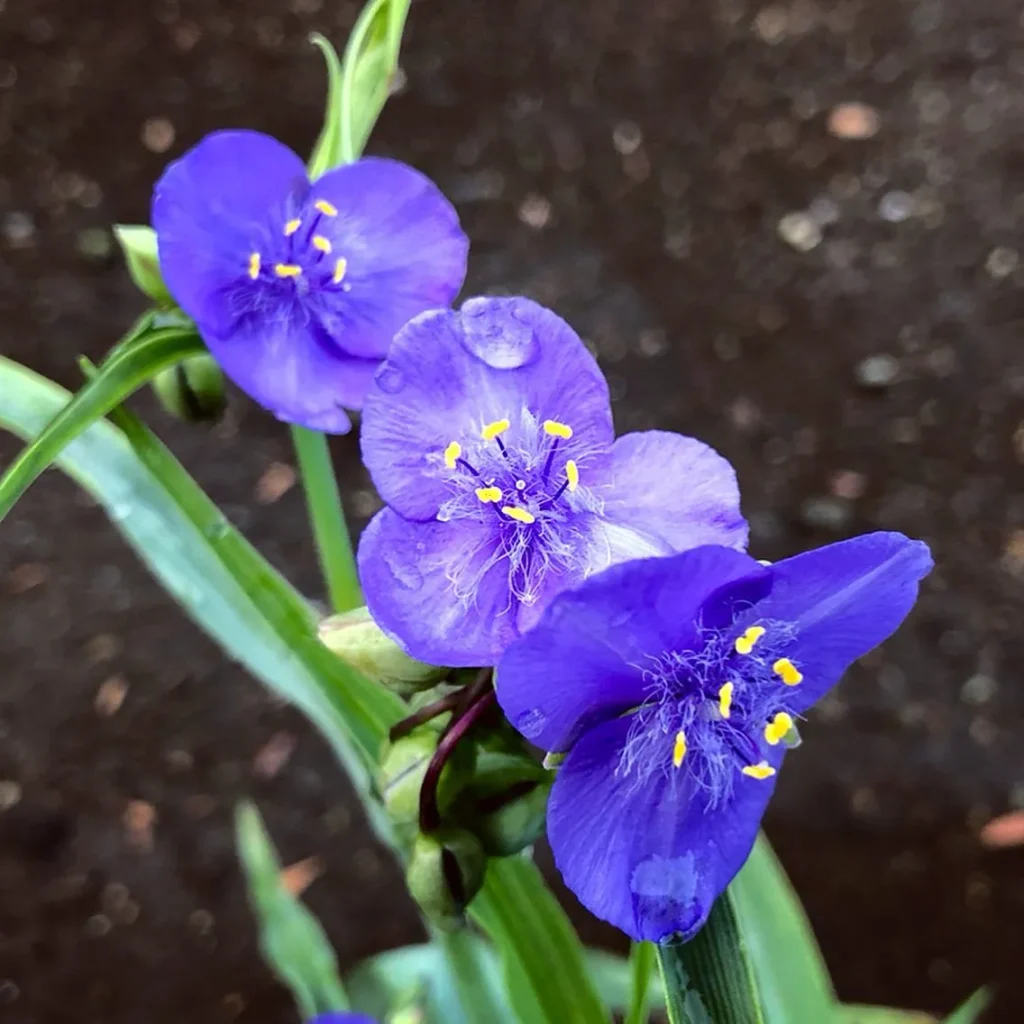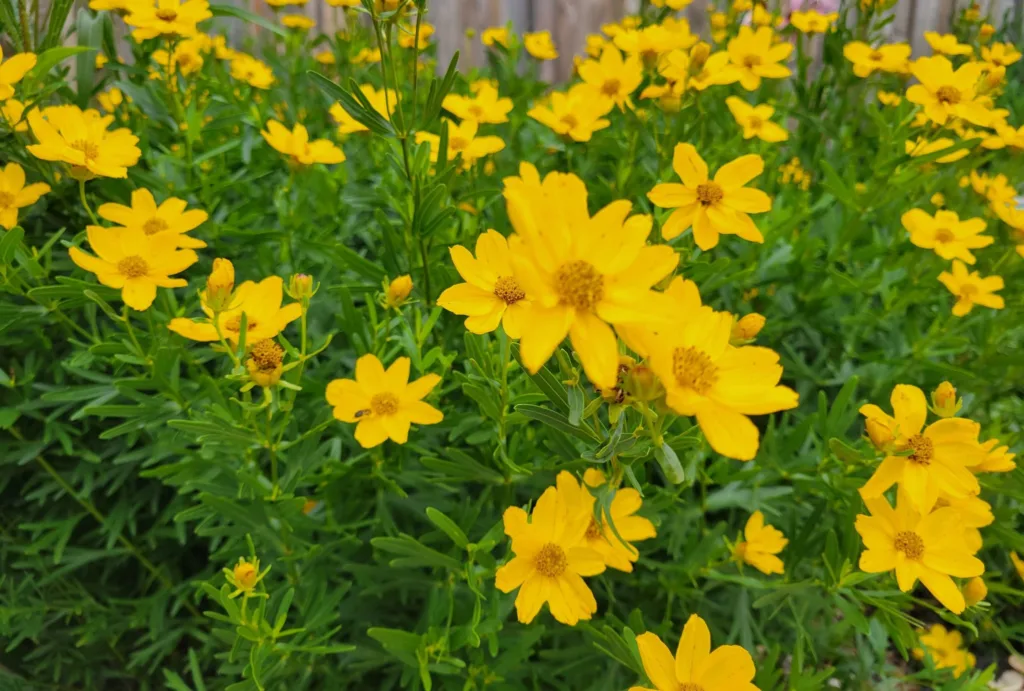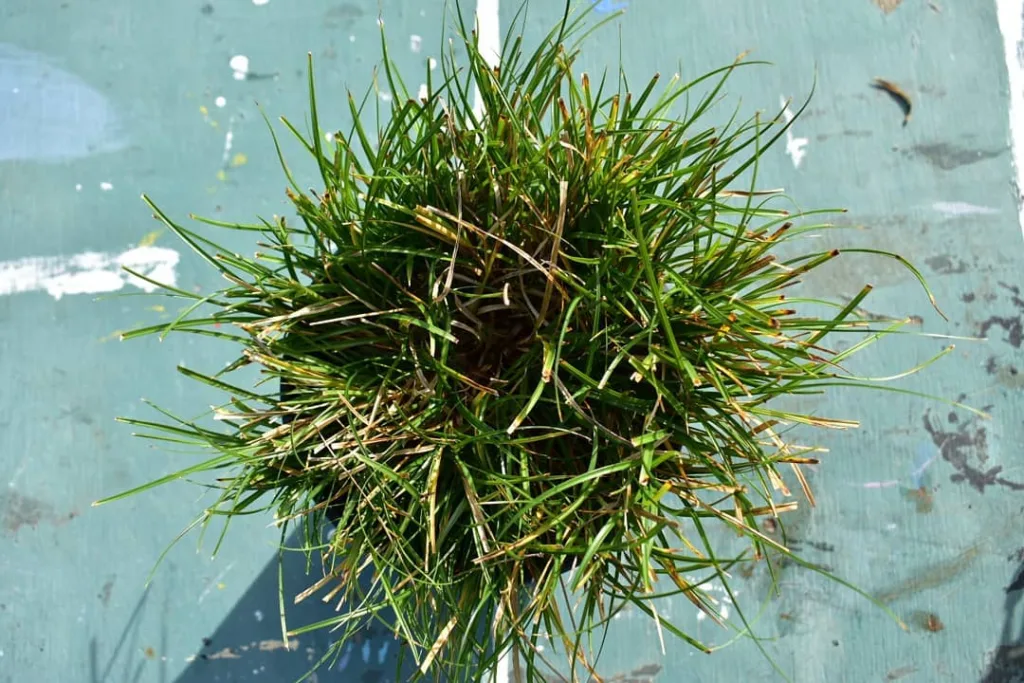My Adventures with Physalis angulata: A Beginner’s Guide
Physalis angulata, also known as the Cutleaf Ground Cherry, has become a fascinating addition to my garden. This unassuming plant, with its papery lanterns hiding sweet surprises inside, has captivated me with its ease of care and delicious fruit. But before I delve into my experiences, let’s explore what Physalis angulata truly is.
95 Species in Genus Physalis
What is Physalis angulata?
Physalis angulata is an erect, herbaceous annual plant belonging to the nightshade family, Solanaceae. Sharing kinship with eggplants, peppers, and tomatoes, it boasts dark green, roughly oval leaves that often have a toothy edge. Delicate, five-sided, pale yellow flowers give way to the plant’s true star: the fruit. Nestled inside an inflated, papery lantern-like calyx, these yellow-orange spheres are where the magic happens.
Physalis Angulata vs Physalis Peruviana
Physalis Angulata and Physalis Peruviana are intriguing plants in my collection. Physalis Peruviana, commonly known as Cape Gooseberry, has been a delight with its sweet, tangy fruits that add a unique flavor to desserts. Physalis Angulata, on the other hand, has surprised me with its robust growth and slightly more bitter taste, which I found interesting for culinary experiments.
How to Grow Physalis angulata?
Growing Physalis angulata is surprisingly easy, making it perfect for beginner gardeners like myself. Here’s how I embarked on my journey:
- Starting from Seed: Sowing seeds indoors 6-8 weeks before the last frost allows for a head start. Opt for a well-draining seed starting mix and keep the soil moist but not soggy. Once seedlings emerge and develop a few sets of true leaves, transplant them outdoors to a sunny location with well-drained soil.
- Transplanting: Physalis angulata thrives in full sun, but can tolerate some afternoon shade in hotter climates. Space your plants 18-24 inches apart to allow for adequate airflow and fruit production.
How to Care for Physalis angulata?
Physalis angulata is a low-maintenance plant that rewards you with minimal effort. Here are some basic care tips:
- Watering: Regular watering is essential, especially during hot and dry periods. Aim to keep the soil consistently moist, but avoid waterlogging.
- Feeding: While not strictly necessary, a balanced fertilizer applied once a month during the growing season can encourage healthy growth and abundant fruit production.
- Support: As the plant matures and becomes laden with fruit, it can benefit from staking or using a tomato cage for support.
How to Harvest and Enjoy the Fruits of Physalis angulata?
The papery lantern surrounding the fruit will turn brown and papery when the Physalis angulata is ready for harvest. Gently remove the lantern to reveal the sweet, tangy treasure within. The fruit can be enjoyed fresh, in salads, jams, or even pies.
Here are some additional tips for harvesting:
- Timing: Pick the fruit when it yields slightly to gentle pressure.
- Storage: Fresh Physalis angulata fruits can be stored at room temperature for a few days or refrigerated for up to a week.
Physalis angulata: Beyond the Delicious Fruit
While the fruit is undoubtedly a highlight, Physalis angulata offers more than just a culinary treat. Its unique lantern-like structures add a decorative touch to the garden, attracting beneficial pollinators like bees and butterflies. Additionally, the plant’s fast growth makes it a great candidate for filling empty spaces in your garden throughout the season.
What to Plant with Physalis angulata: Creating a Garden Harmony
Physalis angulata can be a charming companion to a variety of plants. Here are some ideas for creating a harmonious garden bed:
- Herbs: Basil, oregano, and thyme are all excellent choices. Their aromatic foliage not only complements the Physalis angulata but may also deter some pests.
- Flowers: Marigolds, cosmos, and zinnias add vibrant colors while attracting pollinators.
- Vegetables: Beans, peppers, and eggplants are all compatible with Physalis angulata, creating a diverse and productive garden space.
Physalis angulata: A Final Reflection
My journey with Physalis angulata has been a delightful one. It’s a plant that offers beauty, ease of care, and a delicious reward. Whether you’re a seasoned gardener or just starting out, I highly recommend giving Physalis angulata a try. You might just be surprised by this little gem from the nightshade family.
If i die, water my plants!



